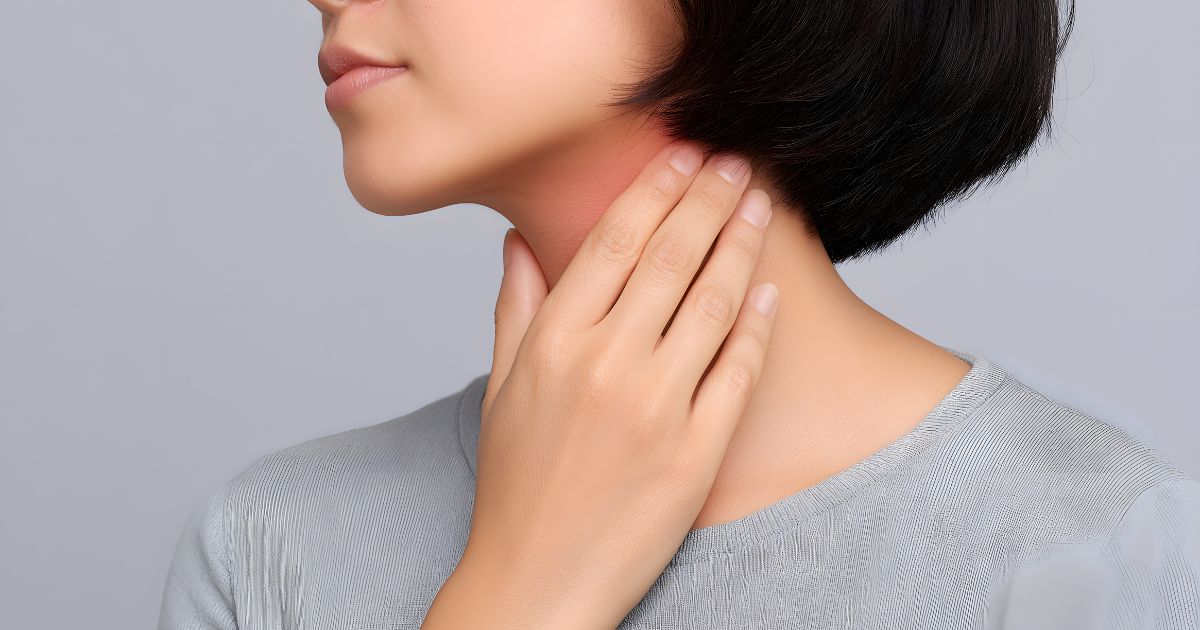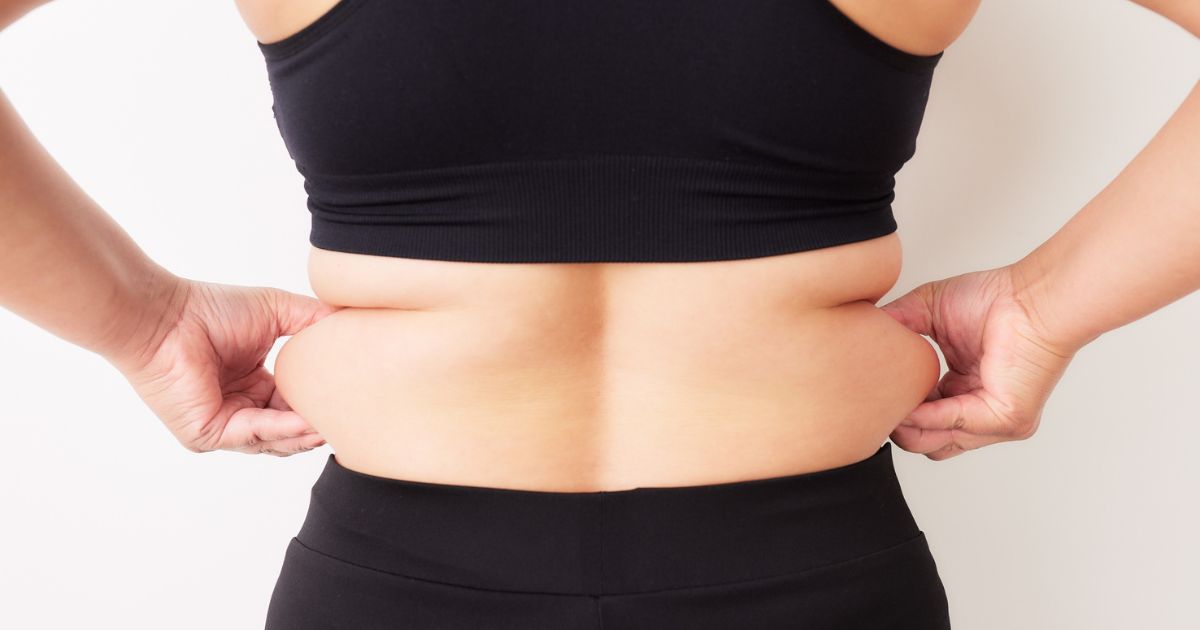True Cellular Formulas Team - June 8, 2023
Limited Sunscreen Protection
'Troublesome' Ingredients Prevail

Choosing the right sunscreen has become increasingly challenging as the market is flooded with numerous options, each claiming to be the best at protecting the skin from the harmful rays of the sun. However, a recent analysis reveals that the majority of sunscreens contain one or more chemicals that have not yet been deemed safe and effective by the US Food and Drug Administration (FDA).
The Environmental Working Group (EWG), a non-profit consumer advocacy group, has conducted an investigation into sunscreen products for the past 17 years and has released its 17th Annual Guide to Safer Sunscreens.[1] This guide sheds light on the limited availability of sunscreens that offer broad-spectrum protection without potentially harmful ingredients. In addition, it provides a list of sunscreens that have passed the EWG's safety and effectiveness criteria.
This article will delve into the findings of the report and highlight the importance of choosing the right sunscreen to protect your skin.
The Current State of Sunscreens
According to Emily Spilman, the Healthy Living Science program manager for the Environmental Working Group, only 25% of sunscreens on the market offer good broad-spectrum protection without the use of troublesome chemical ingredients.[1] This statistic is concerning and raises questions about the safety and effectiveness of the majority of sunscreens available to consumers.
Positive Developments in Sunscreen Formulations
Despite the concerning statistics, there is some positive news in the 2023 EWG report. It indicates that the use of oxybenzone, an ultraviolet ray blocker commonly found in sunscreens, has been declining. Oxybenzone has been linked to health risks and coral reef destruction. In 2019, oxybenzone was present in 60% of the sunscreen products tested by the EWG. However, by 2022, this number dropped to 30%, and in the current year, it was found in only 6% of the tested products.[2] This decline in oxybenzone usage signifies a growing awareness among consumers and manufacturers regarding the environmental and health impacts of certain sunscreen ingredients.
Best Sunscreens for Different Uses
The EWG's 17th Annual Guide to Safer Sunscreens tested and ranked over 1,700 sunscreen products based on their safety and effectiveness. The report categorized the best sunscreens for different purposes, including recreational and beach applications, babies and children, and daily use. Within each category, the EWG identified a range of products that met their criteria for safety and effectiveness.
Evaluating Sunscreens Based on Criteria
The products were ranked on a scale of one to ten, with one being the best and ten being the worst, in four major categories. These categories included the level of UVB and UVA protection provided separately, the balance between the two types of protection, and the stability of the active ingredients, including their tendency to break down in sunlight or react with other ingredients, rendering them less effective.
The Role of Mineral Ingredients
In addition to chemicals, the FDA recognizes two types of mineral ingredients as safe and effective: titanium dioxide and zinc oxide. Mineral sunscreens had previously faced criticism for leaving a white, chalky residue on the skin. However, newer formulations have addressed this issue, making them a viable alternative. Mineral sunscreens work by physically deflecting and blocking the sun's rays, unlike chemical sunscreens that absorb UVB rays and release heat as they break down.[3] Furthermore, mineral ingredients are considered less harmful to the environment.
The EWG Verification Program
To provide consumers with confidence in the sunscreens they choose, the EWG has expanded its verification program to include sunscreens. Manufacturers who meet the strict guidelines for safety and effectiveness can display the EWG mark of approval on their labels. This program aims to ensure that sunscreen products adhere to international standards. Currently, three brands with twelve products have received the EWG mark, and it is expected that the program will continue to grow. All fees for the verification program go back into the scientific research conducted by the EWG for the benefit of consumers.
List of Sunscreens That Passed EWG Verification[1]
The following sunscreens have passed the EWG verification testing:
- ATTITUDE Mineral Sunscreen Stick, Face, Unscented, SPF 30
- ATTITUDE Mineral Sunscreen Stick, Kids, Face, Unscented, SPF 30
- ATTITUDE Mineral Sunscreen Stick, Kids, Tropical, SPF 30
- ATTITUDE Mineral Sunscreen Stick, Orange Blossom, SPF 30
- ATTITUDE Mineral Sunscreen Stick, Tropical, SPF 30
- ATTITUDE Mineral Sunscreen Stick, Unscented, SPF 30
- ATTITUDE Mineral Sunscreen Stick, Kids, Unscented, SPF 30
- Babo Botanicals Baby Skin Mineral Sunscreen Lotion, SPF 50
- Babo Botanicals Sheer Mineral Sunscreen Lotion, SPF 50
- Babo Botanicals Clear Zinc Sunscreen Lotion, SPF 30
- Beautycounter Countersun Mineral Sunscreen Lotion, SPF 30
- Beautycounter Countersun Mineral Sunscreen Stick, SPF 30
These sunscreens have been verified by the EWG and meet their stringent criteria for safety and effectiveness.
The Role of Sunscreen in Sun Safety:
Sunscreen is an essential component of sun safety, but it shouldn't be the only line of defense against the sun's harmful rays. It's important to remember that no sunscreen can provide 100% protection. To maximize sun protection, consider the following tips:
- Apply Sunscreen Correctly: Apply sunscreen generously to all exposed skin at least 15 minutes before sun exposure. Be sure to cover often-missed areas like the ears, neck, and the back of the hands. Reapply every two hours or more frequently if you are swimming or sweating.
- Seek Shade: Whenever possible, seek shade during the peak sun hours between 10 a.m. and 4 p.m. This reduces direct exposure to the sun's rays and lowers the risk of sunburn and skin damage.
- Wear Protective Clothing: Covering up with lightweight, breathable clothing, including long sleeves, pants, and wide-brimmed hats, can provide an additional layer of protection. Look for clothing with built-in UPF (Ultraviolet Protection Factor) for added sun-blocking capability.
- Practice Sun Safety Year-Round: Sun protection is important not only during the summer months but also throughout the year. UV rays can still be harmful even on cloudy or cooler days, so make sun protection a part of your daily routine.
Summary
Choosing a sunscreen that offers effective broad-spectrum protection is crucial for safeguarding your skin from the sun's harmful rays. The Environmental Working Group's 17th Annual Guide to Safer Sunscreens provides valuable insights into the safety and effectiveness of various sunscreen options. By opting for sunscreens that have passed the EWG's verification program and understanding the importance of broad-spectrum protection, SPF, and complementary sun protection practices, you can enjoy the sun responsibly while minimizing the risk of sunburn, premature aging, and skin cancer.
Remember, sun safety is a comprehensive approach that involves combining multiple strategies such as seeking shade, wearing protective clothing, and applying sunscreen correctly. Prioritize your skin's health and make informed choices when it comes to sun protection.
- Sunscreens, EWG’s Guide to. “Sunscreen Guide - Rated by Scientists.” EWG, www.ewg.org/sunscreen/.
- “Dramatic Decline: Oxybenzone Use Plummets to Only 13 Percent of Non-Mineral Sunscreens.” Environmental Working Group, 1 June 2023, www.ewg.org/news-insights/news-release/2023/05/dramatic-decline-oxybenzone-use-plummets-only-13-percent-non.
- MD Anderson Cancer Center, and Molly Adams. “Mineral or Chemical Sunscreen: Which Should You Choose?” MD Anderson Cancer Center, 30 June 2022, www.mdanderson.org/cancerwise/is-mineral-sunscreen-better-than-chemical-sunscreen.h00-159540534.html.



